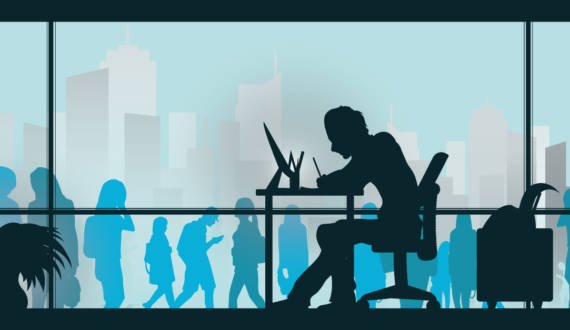The Challenge of Tomorrow
Self-Care Today May Improve Your Tomorrow.
In my last blog post, Learning to Survive, I talked about how our experience living during the pandemic will leave behind a level of trauma for many of us. You may find yourself struggling with questions about how to make decisions about how to ensure your next steps maintain your safety. When is it safe to go out to dinner, should I go to the gym, get my hair cut, have my nails done? That is perfectly understandable; the guidelines are murky; the data is overwhelming. While many of us still have the instinct that hunkering down inside our homes is the only solution, at some point, each of us will have to venture out into the world again. We may not know when or how to take the next steps, but we do know the challenges of now and tomorrow.
For us to contribute positively to our own well-being, that of our family, our clients, and our communities at large, we all need to understand the nature of trauma. In simple terms, trauma results from any situation that a person finds traumatic. Each of us has been affected by this pandemic. Our lives have changed, our anxiety has grown, and uncertainty abounds.
We first have to remember to take care of ourselves by focusing on our own needs. If we fail to put on our face masks first, we cannot be of any assistance to those around us. While face masks address our focus on the world outside, we need to practice self-care too. This article suggests 101 things any one of us can do to address our own trauma, Self-Care 101: Featuring 101 Self-Care Techniques for Trauma Survivors. The effort you take today to take care of yourself, will help your tomorrow.
Regardless of our role in the community, we must understand the experience of those living with trauma. Certainly, we can’t ask everyone we encounter about their experiences with the pandemic, but we can be on the lookout for these symptoms in ourselves and our connections. According to the National Center for PTSD, people living with trauma may have any of the following symptoms:
- Trouble sleeping
- Disturbing Dreams
- Reliving the experience
- Upset by the memory
- Physical reactions to the memory
- Avoiding memories and reminders of the traumatic time
- Negative self-beliefs
- Loss of interest in daily activities
- Feeling Distant
- Angry outbursts
- Risky behavior
- Feeling jumpy
- Difficulty in concentrating
It’s important to remember that the treatment of trauma is not a simple fix. Still, if we are careful to recognize the symptoms, empathize with the experience, and support the feelings and the experience, we can facilitate the creation of a safe place for the people in our lives and ourselves to be. For those of us who are in a position of authority such as teaching or ministering, we must be prepared to address the symptoms when they occur with activities designed to settle and calm. One suggestion is to take a break for mindfulness actions to help everyone refocus before returning to the activity at hand. For behavioral health and medical practitioners, track the symptoms, and address them in the course of the treatment provided.
We may not have answers to all questions posed by the pandemic, but we can focus on the day to day, taking care of yourself and your community will ensure that tomorrows keep getting better, and a little bit easier.



